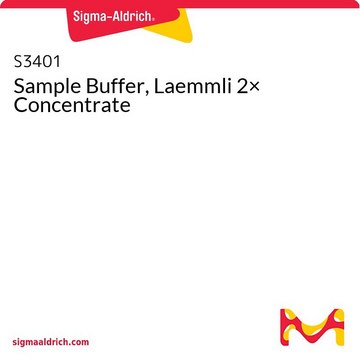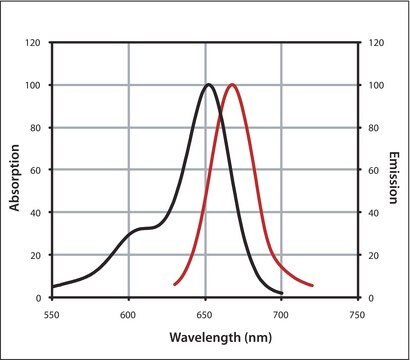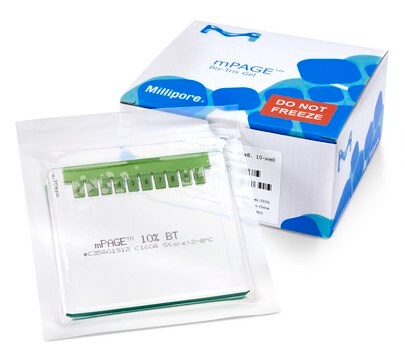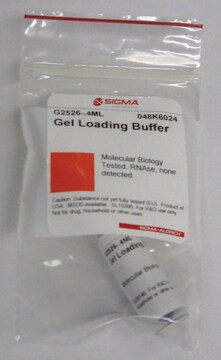Kluczowe dokumenty
PCG2004
TruPAGE™ Precast Gels
4-20%, 10 x 10cm, 12-well
Synonim(y):
Precast Gels for SDS-PAGE, Precast Polyacrylamide Gels
About This Item
Polecane produkty
opis
for use with Life Technologies XCell SureLock™ XCell I™, XCell II™ Mini-Cell and Bolt™ Mini Gel Tank
okres trwałości
24 mo. at 2‑8 °C (from the date of manufacture)
opakowanie
box of 10 ea
stężenie
4-20% polyacrylamide
kaseta szer. × dł.
10 cm × 10 cm
grubość żelu
1 mm
rozmiar dołka × pojemność
12 wells × 35 μL
kompatybilność
for use with Lonza Ltd PAGEr™ Minigel Chamber
temp. przechowywania
2-8°C
Szukasz podobnych produktów? Odwiedź Przewodnik dotyczący porównywania produktów
Zastosowanie
Cechy i korzyści
The precast polyacrylamide gels for SDS-PAGE come in two gel cassette sizes (10 x 10 cm and 10 x 8 cm) for increased equipment compatibility. TruPAGE gels have extra tall wells to prevent lane-to-lane overflow and come in two well formats (12-well and 17-well). TruPAGE gels are available in several different gel concentrations (10%, 12%, 4-8%, 4-12% and 4-20%) to provide desired resolution of proteins of any size. Please refer to the migration chart to select the appropriate precast gel and running buffer combination for your experimental needs. Only use TruPAGE formulated buffers when running TruPAGE gels to ensure optimal results and reproducibility. Please review the TruPAGE Technical Bulletin for buffer formulation recipes and general running guidelines.
- Long Shelf Life - 2 years from the date of manufacture when stored properly.
- High Performance - Extended full length resoling gels provides improved resolution.
- Durable - Stronger than standard polyacrylamide gels, preventing tearing during post-electrophoresis processing.
- Extra Tall Wells - Eliminate sample spill over and accommodate larger sample loading volumes with well teeth that protrude above the back plate of the gel cassette.
- Excellent Compatibility - TruPAGE gels are compatible with the popular gel running equipment, including Sigma-Aldrich′s Dual Run Tank (Z741768) and other manufacturers like Life Technologies, Bio-Rad®, Lonza®, Hoefer®, CBS Scientific as well as others, allowing you to continue using the equipment you already own.
- Fast - Run times as low as 30 minutes.
- Great Value - Gels and buffers offer a cost-saving alternative without sacrificing performance and experimental integrity.
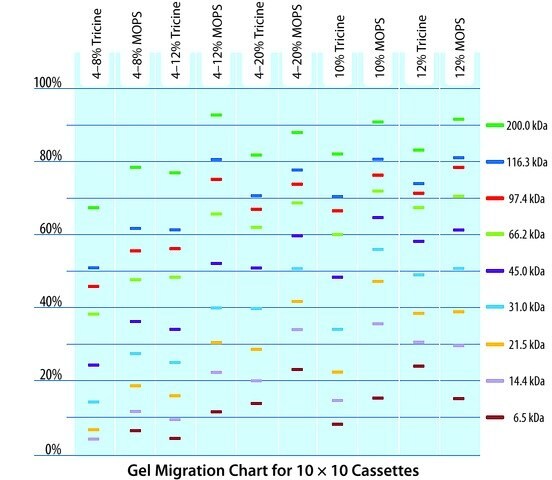
There is no tape to remove. There is also no comb to remove, which prevents torn or bent wells. Instead, the cassettes lock well fingers in place.
Informacje prawne
Kod klasy składowania
12 - Non Combustible Liquids
Klasa zagrożenia wodnego (WGK)
WGK 2
Temperatura zapłonu (°F)
Not applicable
Temperatura zapłonu (°C)
Not applicable
Wybierz jedną z najnowszych wersji:
Certyfikaty analizy (CoA)
Nie widzisz odpowiedniej wersji?
Jeśli potrzebujesz konkretnej wersji, możesz wyszukać konkretny certyfikat według numeru partii lub serii.
Masz już ten produkt?
Dokumenty związane z niedawno zakupionymi produktami zostały zamieszczone w Bibliotece dokumentów.
Nasz zespół naukowców ma doświadczenie we wszystkich obszarach badań, w tym w naukach przyrodniczych, materiałoznawstwie, syntezie chemicznej, chromatografii, analityce i wielu innych dziedzinach.
Skontaktuj się z zespołem ds. pomocy technicznej